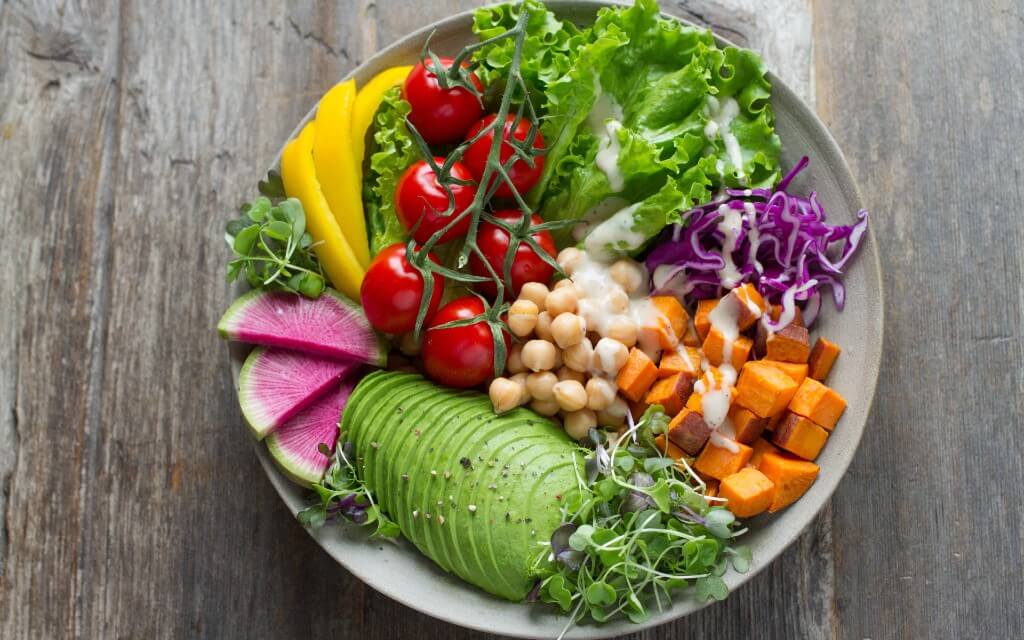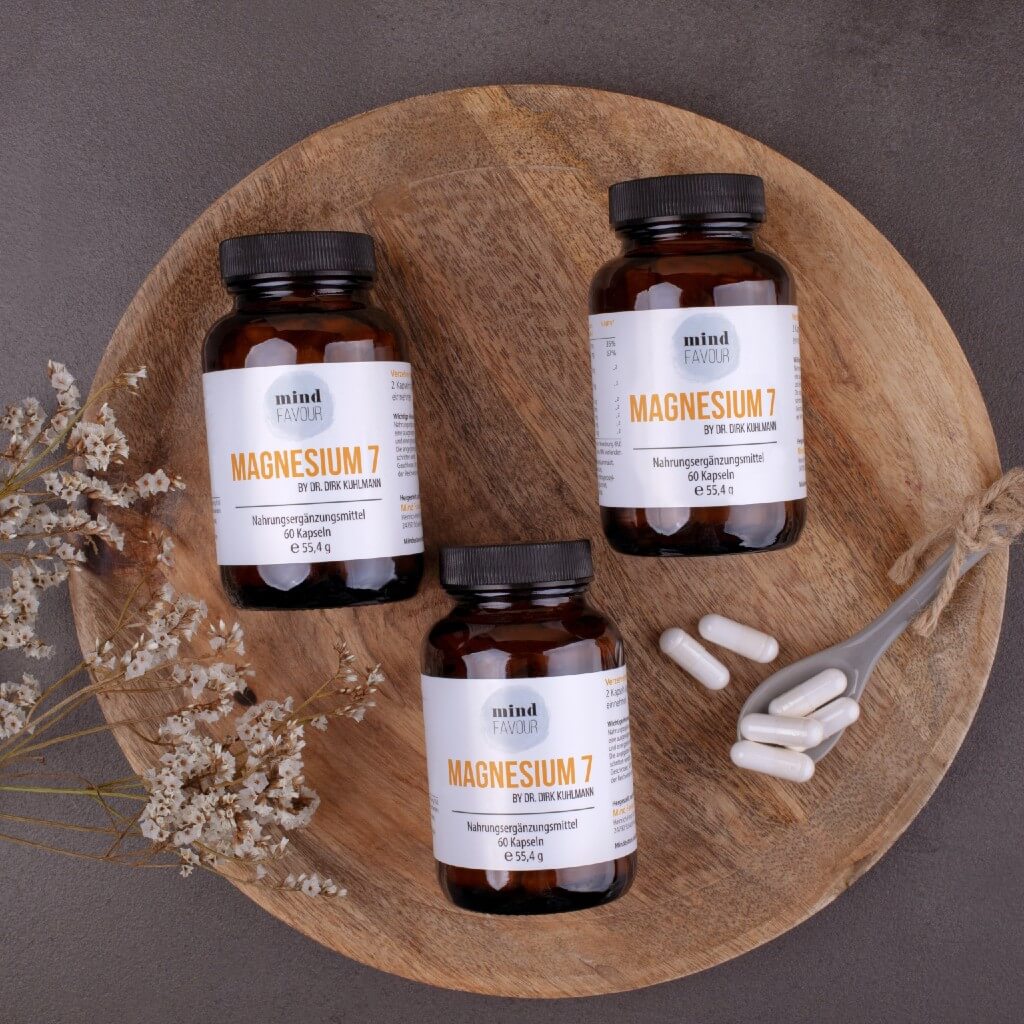Have you ever suffered from restless leg syndrome? What about muscle spasms or cramps? Did you know a deficiency of dietary magnesium can cause this? Magnesium and calcium work together to prevent this from happening by helping nerves and muscles to relax which prevents muscle tension, muscle soreness and muscle fatigue as well. Magnesium is the fourth most abundant mineral in the body and essential to good health. It is needed in over 300 different enzymes in the body to assist them in doing their job. Like all minerals, magnesium cannot be made in the body and must therefore be in our diet in order for us to remain healthy. Most people can get enough magnesium by eating a healthy diet with a variety of foods.
What are the other benefits of magnesium? Recent studies have shown magnesium assists in balancing blood sugars which is very important for diabetics. More research is being done in this area. It also supports normal blood pressure and may lower the risk of heart disease and stroke. But that is not all, it also helps to maintain healthy brain functions which reduces anxiety and assists with sleep (falling and staying asleep), and may help to prevent or lower the severity of migraine headaches. Last but not least magnesium helps to prevent constipation. Magnesium is very busy in the body.
Who’s at risk for magnesium deficiency? The risk of deficiency increases as we get older because magnesium absorption decreases as we get older and our body tends to increase excretion of this mineral. People who have diets that are high in saturated fats, sugar, caffeine, and alcohol may have increase magnesium needs because the diet is typically lower in high magnesium rich foods. Individuals with Crohn’s disease and poorly controlled diabetes may be at higher risk, too. Let’s not forget about medications, some may interact with magnesium like diuretics, antibiotics, and cancer chemo medicine which may prevent your body from absorbing this mineral. Your local pharmacist will be able to tell you if the medication you’re taking interacts with magnesium.
What are the good food sources of magnesium? The best way to make sure you have enough magnesium in your diet it to choose whole grains (bread, rolls, pasta, cereal). Whole Grains contain the magnesium-rich germ and bran. When checking ingredients on the label look for terms like “whole wheat or whole oat” Leafy greens such as spinach, collards, kale, etc. and beans such as pinto, soy, kidney, etc. are also great sources of magnesium. They also provides us with essential vitamins, fiber and antioxidants. Include pumpkin, sesame, and sunflower seeds to salads and entrees and a serving of almonds is a good way to get additional magnesium into the diet. Dairy food products have a modest amount of magnesium. So make sure you are drinking the recommended amounts of 3 glasses of milk daily.

Making a few simply changes in your diet by adding these foods or increasing them to your daily meals can reduce your risk of disease and make you feel more energized and renewed.


Hi, this is a comment.
To get started with moderating, editing, and deleting comments, please visit the Comments screen in the dashboard.
Commenter avatars come from Gravatar.